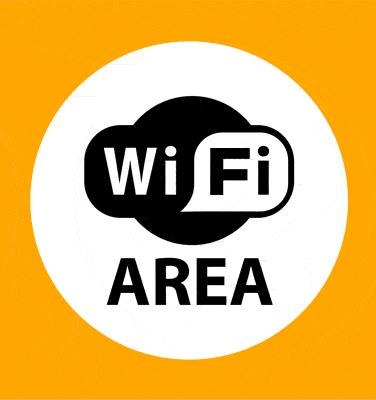Instruction
1
Setting home or office wi-fi network, make sure the router was located approximately the same distance from all rooms to the power of the signal was relatively the same. It should be remembered that the radius of action of a home network depends on a number of factors. These include the type of router (router), the Protocol type, the total capacity of the router, as well as the presence and properties of obstacles in the path of signal propagation.
2
Install router possible to the device receiving the signal, was less than the brick walls and metal structures. They can reduce the radius of the signal to 25% or more. It should take into account the fact that some types of wi-fi networks is influenced by interference from microwave ovens.
3
If you plan to use wi-fi outside the room, in the yard, open space, remember that a big obstacle for the signal propagation can be the foliage of trees. Rain, fog, wide and dense crown of trees significantly reduces the effect of the signal.
4
To increase the radius of action wi-fi network, can be combined into one chain multiple routers. Either replacing the regular antenna at the access points for more powerful.
5
As a folk remedy to repel wi-fi network, you can use reflective tape. For this purpose you can use normal foil that you want to create a screen to prevent signal propagation in the wrong direction.
Note
Remember that home networking will be enough one access point, which will provide the desired range. However, the office network may require combining multiple unified access points and/or routers.
Useful advice
When choosing a router (router) specify what type of Protocol it supports. 802.11 b provides a radius coverage up to 150 meters in open space and up to 15-30 meters indoor. 802.11 g– up to 300 meters in open space. The latest developments have the support of 802.11 n standard. The radius of coverage of these networks reaches 450 metres.
